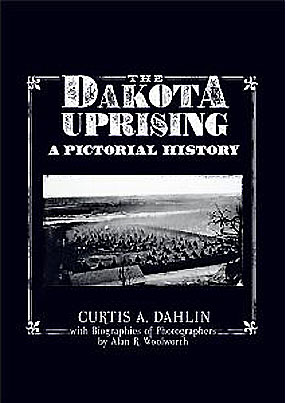
A vivid and intimate portrait of Minnesota's 'war within' during the period of the Civil War.
The Dakota Uprising of 1862 was the most significant event in Minnesota's history. It was catastrophic in nature, and it profoundly affected all parties involved — white settlers, hostile Dakota, and friendly Dakota. It also significantly affected the Winnebago, who had very limited involvement in the Uprising. Most of the affected white settlers lived on homesteads or in towns located near the Dakota Reservation along the Minnesota River. They received the brunt of the Dakota assaults. This book contains many observations by Henry H. Sibley and Stephen R. Riggs. Riggs was a longtime missionary to the Dakota, and accompanied Sibley during much of the Uprising. Both men played a central role in the events of the Uprising and, even more importantly, they documented those observations in numerous contemporary letters and reports. Their witness of events is indispensable in relating the story of the Uprising.
Curtis Dahlin has put a face on the events of the Dakota Uprising, in fusing together hundreds of rare period photographs and an absorbing narrative, brings us a vivid and intimate portrait of Minnesota's 'war within' during the period of the Civil War.
Curtis Dahlin, an independent historian specializing in the Dakota Uprising of 1862 in Minnesota, has spent thousands of hours and driven many thousands of miles researching and writing about the subject. In 2007, he published Dakota Uprising Victims: Gravestones & Stories. Previously, in 2001, he participated in compiling and writing Joel E. Whitney, Minnesota's Leading Pioneer Photographer, and in 2008, he wrote an essay for Trails of Tears: Minnesota's Dakota Indian Exile Begins. He and his wife, Gay, live in Roseville, Minnesota.




